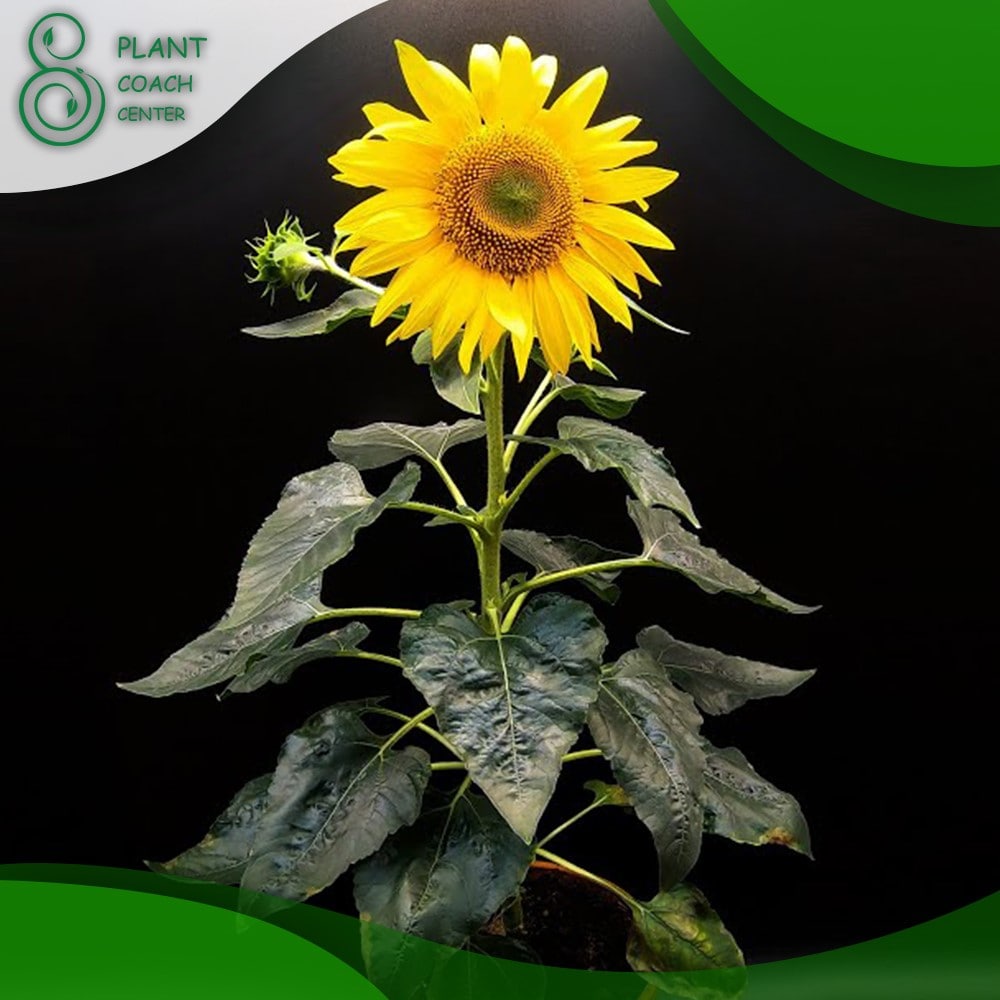When Should I Plant Sunflower Seeds?
Welcome to the vibrant world of sunflowers, where nature’s golden masterpieces sway in the breeze, bringing joy and beauty to gardens far and wide. As you journey to grow these iconic blooms, a fundamental question arises: “When should I plant sunflower seeds?” The answer isn’t just a matter of flipping through a calendar; it’s a dance with the seasons, a symphony of soil temperatures, and a keen observation of your local environment.
Whether you’re a novice gardener or a seasoned green thumb, understanding the nuances of sunflower planting times can unlock the secret to a bountiful and breathtaking display. This article will uncover the art and science behind selecting the perfect moment to sow your sunflower seeds. From decoding frost dates to harnessing the power of longer days, we’ll delve into a world where nature’s rhythms and your gardening aspirations intertwine.
So, grab your gardening gloves and join us as we explore the optimal timelines for planting sunflowers, ensuring that your garden becomes a canvas painted with the colors of the sun.
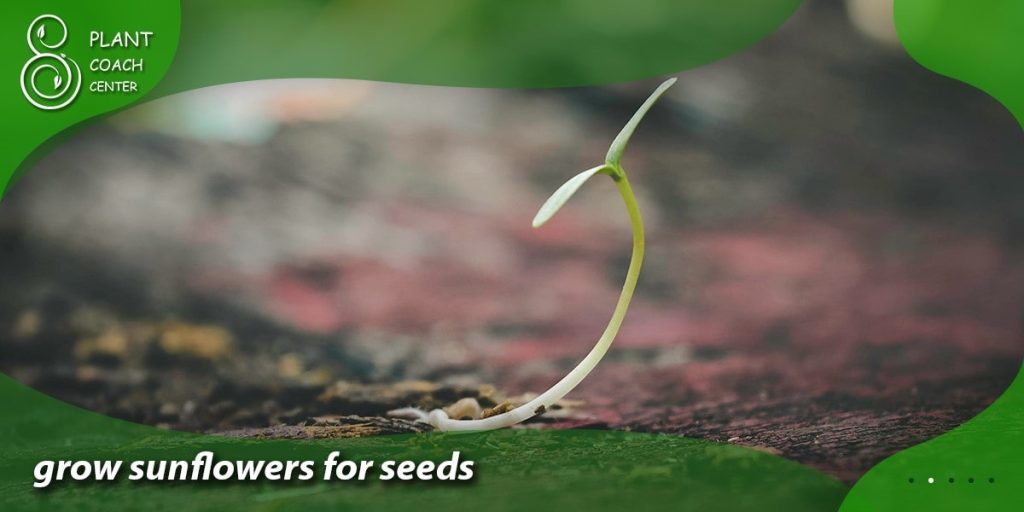
Sunflower Varieties and Climate Considerations
Sunflowers come in a dazzling array of varieties, each with unique characteristics and growth requirements. From the towering skyscrapers of the giant sunflowers to the charming elegance of the dwarf varieties, the choices seem endless. However, one key factor that can significantly influence your choice of sunflower variety is your local climate. Understanding the relationship between sunflower growth and your climate zone is crucial for successful cultivation.
Climate Zones and Sunflower Adaptations
Before selecting sunflower seeds to plant, it’s essential to identify your USDA hardiness zone or your region’s climate characteristics. Different sunflower varieties have varying degrees of cold or heat tolerance, making some better suited for specific climates. For instance, if you live in cooler northern weather, consider sunflower varieties bred to withstand colder temperatures, ensuring they thrive throughout the growing season.
Timing Matters: Frost Dates and Growing Periods
The timing of planting sunflower seeds can vary significantly based on your climate. Pay close attention to your area’s average last frost date, as sunflower seedlings are particularly vulnerable to frost damage. Planting seeds too early could result in stunted growth or even plant loss. On the other hand, in warmer climates with milder winters, you might have a longer growing season, allowing for multiple plantings and a more extended sunflower display.
Rainfall and Water Requirements
The rainfall in your region also plays a role in selecting the suitable sunflower variety. Some sunflowers are more drought-tolerant, ideal for arid or semi-arid climates. Others require consistent moisture to reach their full potential. By choosing sunflower varieties that align with your region’s typical precipitation patterns, you can reduce the need for excessive watering and promote healthier, more vibrant plants.
Reading Nature’s Signs: The Art of Observing Seasons
Long before meteorological forecasts and digital calendars, our ancestors relied on nature’s subtle cues to determine the best times for planting and harvesting. The art of observing the seasons is a skill that connects us to the rhythms of the earth and offers valuable insights into when to plant sunflower seeds. By attuning ourselves to these age-old indicators, we can enhance our gardening success and deepen our connection to the natural world.
Wildflower Blooms as Nature’s Calendar
Wildflowers have long been the Earth’s calendar, marking the progression of seasons with their bursts of color. Pay attention to the emergence of native wildflowers in your area, as their blooming often coincides with favorable planting times for sunflowers. When you witness these botanical celebrations, take it as a signal that the soil is warming and the time is ripe for sunflower seeds to be sown.
Animal Behavior and Climate Shifts
Nature’s creatures are attuned to environmental shifts, and their behavior can provide valuable insights. Observe the activities of birds, insects, and animals in your surroundings. For example, the return of migratory birds or the appearance of certain insects could indicate a shift towards warmer weather, which is favorable for planting sunflower seeds.
Lunar Cycles and Ancient Wisdom
Some gardeners turn to lunar cycles, following the moon’s phases as a guide for planting. While the scientific validity of this approach might be debated, it’s worth noting that many cultures throughout history have incorporated lunar cycles into their agricultural practices. Exploring lunar planting calendars and experimenting with moon phase planting could add an element of intrigue to your sunflower-growing journey.
Winter’s Farewell: Celebrating the Equinox
The vernal equinox, marking the beginning of spring, is a moment of balance between light and darkness. Observing this transition can signal that it’s time to prepare your sunflower seeds for planting. As the days lengthen and the Earth awakens from its winter slumber, consider this equinox a cue to start planning your sunflower garden.
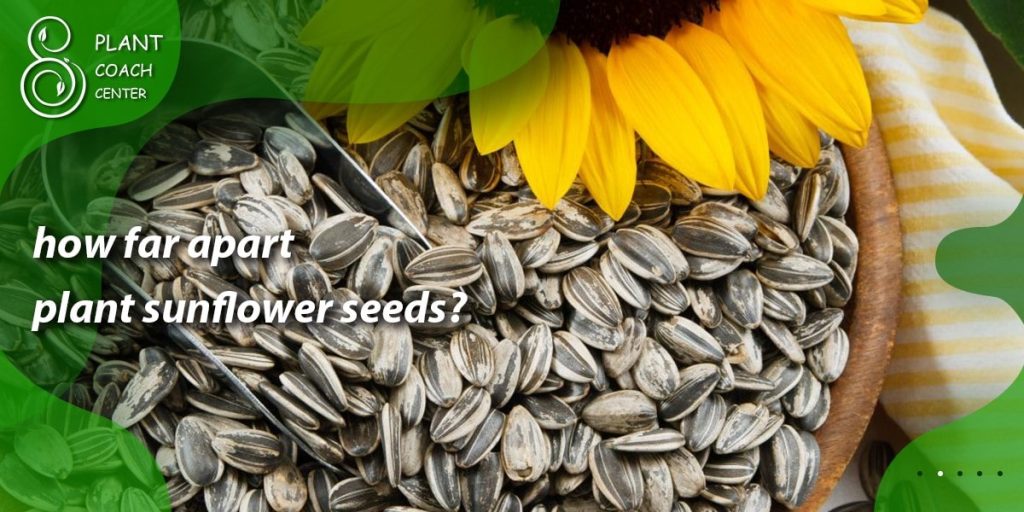
Frost Dates and Seedling Vulnerability
As the sun begins to warm the earth and the allure of spring takes hold, gardeners eager to sow their sunflower seeds must heed one crucial factor: the threat of late frosts. Understanding frost dates and the vulnerability of sunflower seedlings to these cold snaps is essential for ensuring the successful establishment of your sunflower patch.
The Frost Danger Zone
Frost occurs when temperatures drop below freezing, causing ice crystals to form on plant tissues. Sunflower seedlings are particularly susceptible to frost damage due to their tender, young nature. The risk of frost persists until the last expected frost date for your region, which varies based on your location and local climate patterns. Planting sunflower seeds too early, before this danger zone has passed, can lead to stunted growth, wilting, or even death of the delicate seedlings.
Calculating Last Frost Dates
Determining your region’s last frost date is essential in planning your sunflower planting. Consult local gardening resources, agricultural extensions, or online tools to find the average date of the final frost in your area. Remember that while these dates provide a guideline, weather patterns can be unpredictable. It’s often safer to err on caution and plant sunflower seeds a few weeks after the last frost date to avoid sudden temperature dips.
Protective Measures Against Late Frosts
In regions with unpredictable weather, gardeners have devised ingenious ways to protect their tender seedlings from late frosts. Protective coverings like cloths, blankets, or row covers can create a barrier between the plants and the cold air. Watering the garden before a predicted frost can also provide some insulation, as moist soil retains heat better than dry soil.
Starting Indoors or Hardening Off
Starting sunflower seeds indoors can be a safer option for gardeners in climates with extended frost periods. This allows you to control the environment and ensure that seedlings are mature enough to withstand outdoor conditions once the risk of frost has diminished. If you’ve started your sunflower seeds indoors, gradually acclimate the seedlings to outdoor conditions through a process known as “hardening off.”

Soil Temperature and Germination Success
When it comes to the successful germination of sunflower seeds, the temperature of the soil takes center stage. Like a warm embrace encouraging life to spring forth, the right soil temperature sets the stage for healthy seedlings and robust growth. Understanding the relationship between soil temperature and germination success is critical to ensuring sunflower seeds transform into thriving plants.
Germination: A Delicate Dance with Temperature
Germination, the magical process where a tiny seed awakens and sends forth its first shoot, is highly dependent on temperature. For sunflowers, the optimal soil temperature range for germination generally falls between 70°F to 85°F (21°C to 29°C). In this temperature-sweet spot, the enzymes within the seed become activated, kickstarting the growth process.
Measuring Soil Temperature
A soil thermometer is a gardener’s invaluable tool. Use it to measure the temperature of the soil at a depth of about 2 to 3 inches (5 to 8 cm), as this is where most seeds are typically sown. It’s important to note that soil temperatures vary from air temperatures, so even if the weather feels warm, the soil might not have caught up.
Timing Your Planting
Understanding your local climate and the average temperatures during the growing season is essential for timing your sunflower seed planting. Planting too early, when the soil is still cold, can lead to poor germination rates and weak seedlings. On the other hand, waiting until the soil has warmed up sufficiently ensures that your sunflower seeds have the best possible start.
Warm Soil and Rapid Germination
Sunflower seeds can germinate relatively quickly when the soil is within the optimal temperature range—often within a week or even a few days. This speedy germination reduces the risk of seed rot and helps the seedlings establish themselves before they face competition from weeds.
Enhancing Soil Temperature
If you’re eager to get a head start on the growing season or live in a region with more relaxed springs, there are ways to warm up the soil before planting. Techniques like black plastic mulch or cloches can help raise soil temperatures, creating a more favorable environment for germination.
Longer Days, Greater Heights: Maximizing Sunlight for Growth
Sunflowers are sun-seekers. Their towering stature and radiant blooms testify to their love affair with sunlight. If you’re wondering when to plant sunflower seeds, understanding the relationship between daylight hours and growth can help you orchestrate a sun-drenched symphony in your garden.
The Power of Phototropism
Sunflowers exhibit phototropism, where they actively track the sun’s movement across the sky. This means sunflowers face east in the morning and follow the sun’s arc until it sets in the west. This constant sun-facing behavior optimizes their ability to capture sunlight for photosynthesis, fueling their growth and blooming.
The Influence of Day Length
Day length, also known as photoperiod, significantly impacts sunflower growth. Longer days signal the sunflower that it’s time to grow taller and produce flowers. This is particularly important for taller sunflower varieties that depend on ample sunlight to reach their full potential.
Timing Your Planting
When deciding when to plant sunflower seeds, remember that sunflowers thrive in warm, sunny weather. Planting your seeds after the threat of frost has passed and when the days are becoming longer provides the ideal conditions for robust growth. As daylight increases, sunflowers respond by stretching skyward, capturing as much sunlight as possible.
Positioning for Success
To maximize sunlight exposure for your sunflowers, consider the layout of your garden. Planting them in an area that receives full sun for most of the day is crucial. Pay attention to any potential sources of shade from trees, buildings, or other structures that could hinder their growth.
Nurturing Sunlight-Hungry Varieties
Some sunflower varieties are bred for their height and size, often towering over other plants in the garden. Like the Russian Giant or the Mammoth Sunflower, these varieties thrive with plenty of sunlight. By selecting these varieties and strategically planting them, you can create a stunning focal point that commands attention with its impressive stature and vibrant blooms.
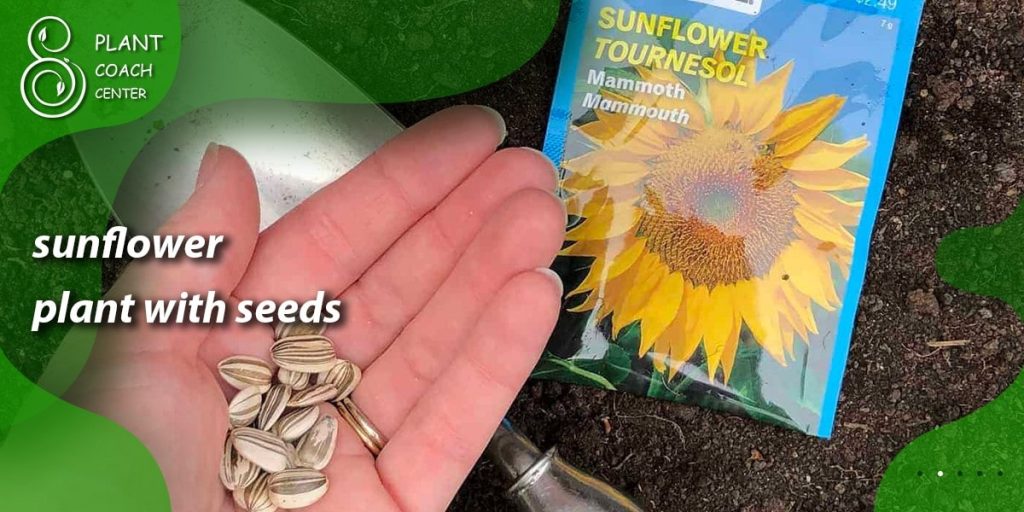
Sowing for Seasons: Succession Planting Techniques
Imagine a garden where sunflowers bloom harmoniously, each taking the spotlight as the previous one gracefully bows out. Succession planting, a gardening technique that involves staggering planting times, allows you to extend the sunflower blooming period and create a dynamic, ever-changing landscape that evolves throughout the seasons.
Embracing Continuous Blooms
Succession planting is a strategy that ensures your garden remains vibrant and active throughout the growing season. You can enjoy a consistent stream of blooms instead of a single, fleeting burst of color by sowing sunflower seeds at different intervals.
Identifying Planting Windows
To implement succession planting effectively, it’s essential to identify the ideal planting windows for your region. Research your local climate, frost dates, and typical growing periods for sunflowers. Armed with this knowledge, you can plan your sunflower seed sowing dates to maximize the chances of continuous blooming.
Creating Overlapping Waves
Succession planting involves creating waves of plantings that overlap one another. For example, you could sow your first batch of sunflower seeds in early spring, followed by additional plantings at two to three-week intervals. As the earlier sunflowers fade, the subsequent plantings will be ready to take their place, ensuring an uninterrupted display.
Balancing Varieties and Heights
When implementing succession planting with sunflowers, consider choosing various varieties with varying heights, bloom colors, and sizes. This diversity adds visual interest and ensures that as one sort fades, another type steps up to maintain the overall garden aesthetic.
Evaluating Garden Space
Before implementing succession planting, evaluate your garden space and layout. Make sure you have enough room to accommodate the various stages of growth, from newly planted seedlings to fully mature sunflowers. Proper spacing ensures that each sunflower receives the sunlight and nutrients for optimal growth.
Documenting and Adapting
As you embark on your succession planting journey, maintain a gardening journal to track planting dates, varieties, and observations. This documentation will serve as a valuable resource for future seasons, allowing you to refine your approach and adapt to the specific needs of your garden.
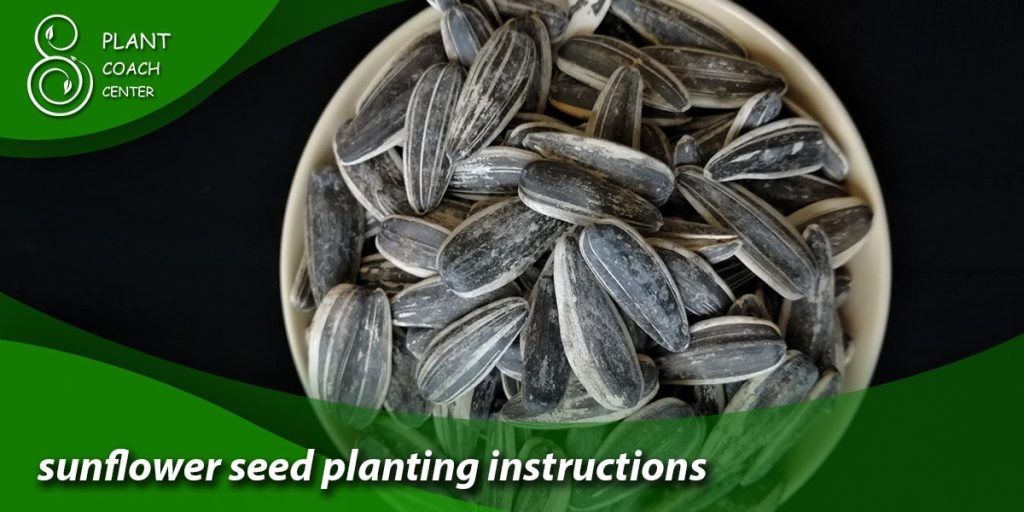
Conclusion
In the symphony of sunflower gardening, the question of when to plant sunflower seeds becomes a harmonious blend of art and science. From deciphering frost dates to understanding phototropism, every aspect of this journey contributes to the dance between nature’s rhythms and your gardening aspirations. As you embark on this vibrant adventure, remember that the wisdom of local gardeners, the insights of seasoned practitioners, and the resources of the PlantCouchCenter.com website are invaluable companions.
Together, they guide you through the delicate balance of soil temperature, sunlight, and succession planting, painting a living canvas of sunlit beauty that evolves with the seasons. So, whether you’re planting for beauty, pollinators, or the simple pleasure of nurturing life, your sunflower garden is an ever-growing testament to the wonder of nature and the shared bond of a gardening community that thrives, much like the sunflowers themselves.
When is the best time to plant sunflower seeds?
Spring, after the last frost, for warmer soil and longer days.
Can I plant sunflowers at any time of the year?
Sunflowers thrive in warm weather, typically planted in spring and early summer.
How can I extend sunflower blooming time?
Succession planting staggering planting times keep a continuous display of sunflowers throughout the season.


